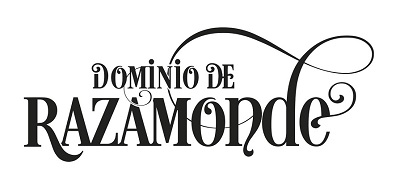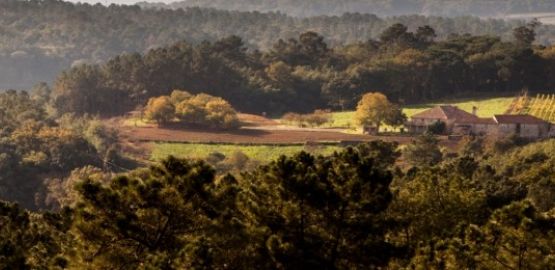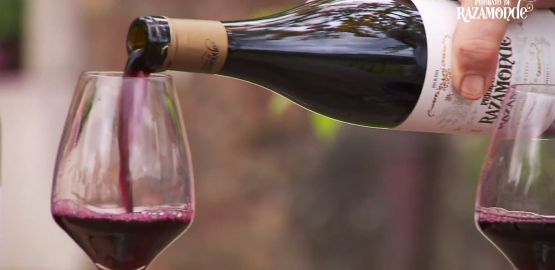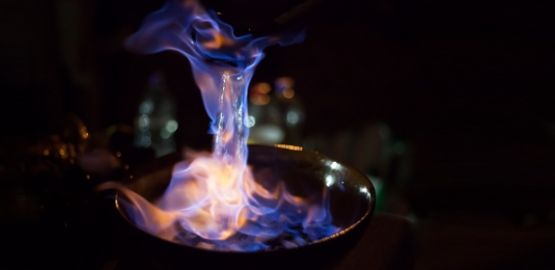Some years the wine is so good that the vintage is considered exceptional. But what makes one year better than another?
Wine production is the culmination of an agricultural process, first in the vineyard and then in the winery. Every summer, the grapes ripen on the vines and are harvested during the harvest to begin the winemaking process.
The quality of the wine depends not only on the location of the vineyards but also on the weather that year. A frost in spring can destroy the newly hatched shoots and a hailstorm can tear them from their roots. A rainy or too cold August will make it more difficult, if not impossible, to get a good vintage. In regions with stable weather, the variations from one year to another are not so marked. However, in the Ribeiro, where the time is very varied and the maturation relatively slow, the difference between one vintage and another can be considerable.

Furthermore, the success of any wine is also influenced by the ripeness of the grapes, not only in terms of sugar and acidity levels, but also in how the tannins have developed. Undercooked tannins make red wines too bitter and high levels of acidity make wines too harsh. The last days during which the grapes reach full maturity greatly influence the complexity of the final product.
The ideal time to harvest is when all the elements are at their optimum point and the ability of the winemaker to decide when that moment arrived is crucial to guarantee the succes
s of the harvest. It is also true that the technical knowledge achieved today, both to make the vine grow and to produce the wine, is such that a bad vintage is highly unlikely, although not entirely inconceivable.
 In short, an exceptional vintage is when all these elements are perfectly combined in ideal conditions. And although current advances are many, such a circumstance is not usual and the vintages are usually good or very good. An exceptional year only occurs two or three times per decade.
In short, an exceptional vintage is when all these elements are perfectly combined in ideal conditions. And although current advances are many, such a circumstance is not usual and the vintages are usually good or very good. An exceptional year only occurs two or three times per decade.
Discover our Alter wines here.





